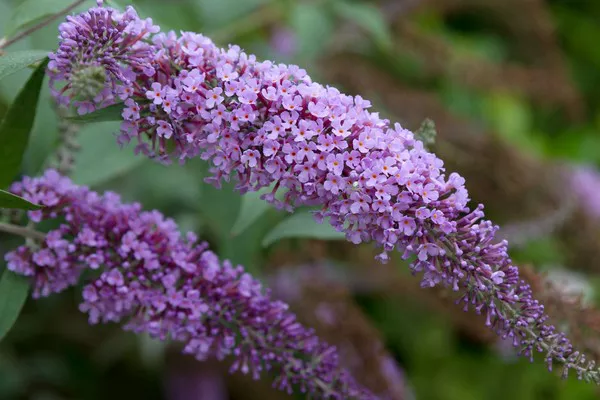In Thailand, the Phuttharaksa flower takes center stage on Father’s Day, symbolizing the birthday color of the revered His Majesty King Bhumibol Adulyadej the Great, born on a Monday. The Thai name “Phuttharaksa” translates to “A Buddha who protects,” embodying auspicious significance.
Known by various names across the country, the flower is called “Sakhu Hua Kha” or “Sakhu Mon” in the Central region, “Phutthasorn” in the North, and “Bua Lawong” in Lampang and Lamphun. Beyond its decorative use in homes, different parts of the Phuttharaksa flower are believed to possess medicinal properties:
- Seeds: Relieve headaches
- Flowers: Refresh the mind, reduce blood pressure, heal wounds, and cure abscess
- Rhizome: Relieve cough, toothache, and irregular menstruation; remedy tuberculosis, chronic dysentery, and diarrhea
- Leaves: Relieve vomiting, colic, and diarrhea
Thais also use flour made from Phuttharaksa’s rhizome to craft a traditional dessert called Sakhu. The Hmong people boil or steam the rhizome for consumption, while the Karen people boil it with sugar to make sweets.
Canna, or canna lily, represents the sole genus of flowering plants in the Cannaceae family, comprising 10 species. Native to the American tropics, these plants naturalized in Europe, Asia, and Africa in the 1860s. Despite their tropical origin, canna cultivars have become garden adornments in temperate climates, requiring ample sunlight during summer and shelter in winter.
Notably, canna plants, though commonly called lilies, belong to the Zingeberales group, sharing botanical ties with gingers, spiral gingers, bananas, arrowroots, heliconias, and birds of paradise.


